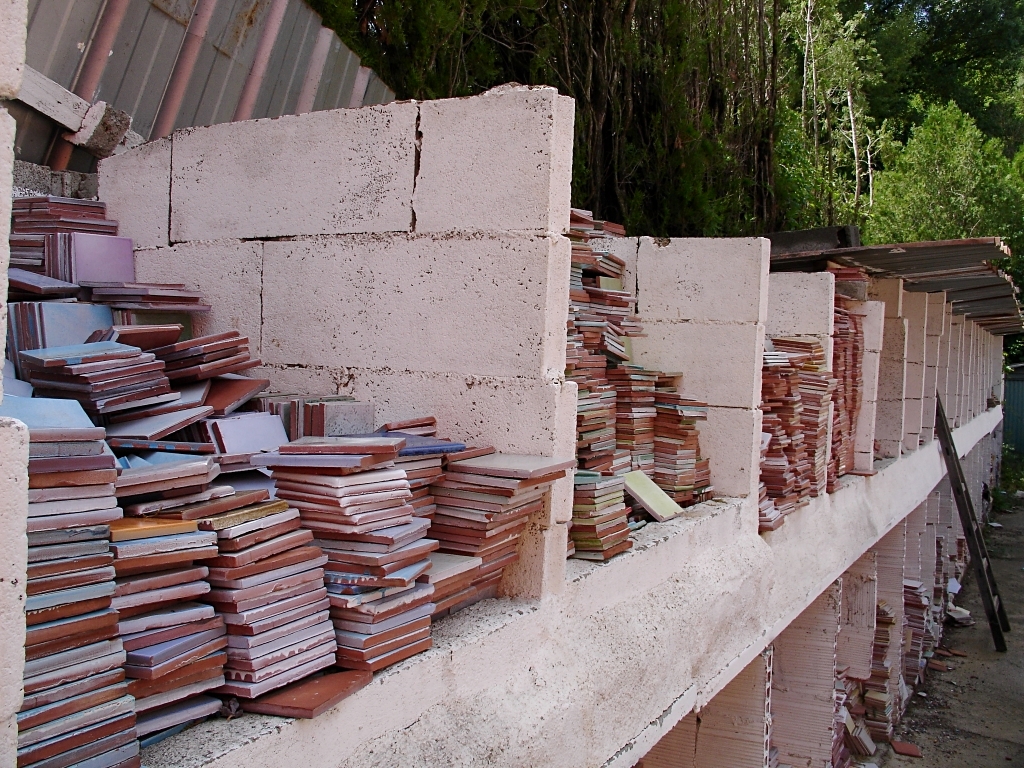Building Materials: How Much Should You Buy?
Is there a home improvement in your future? Help keep your project on schedule and within budget -- work out the quantities of building materials you’ll need in advance.
Here’s how to figure amounts for 10 popular house and garden building materials. (Learn to calculate square footage and cubic footage for home improvement here.)
Important: If you plan to hire a contractor to handle your project, get their professional guidance before you purchase materials.
- Paint
Calculate the square footage of all walls you plan to paint, plus the ceiling if appropriate. Then subtract doors and windows. Estimate 20 sq ft per door or 15 per average-sized window. Add the square footage of bays and bump-outs.
Estimate approximately 1 can of paint for every 350 square feet you plan to cover. Buy more if you’ll be painting on unfinished drywall or applying a light color over dark.
- Wallpaper
Find the square footage of your wall space to be covered, minus floors and windows (using the calculation described above). Divide this figure by the number of square feet per roll of wallpaper. Round the answer upward to allow for matching and wastage.
- Drywall
Once again, calculate your walls’ square footage, minus windows and doors. Drywall for residential use is generally sold as 4’ x 8’ sheets. Plan your drywall layout to minimize seams.
- Ceramic or Porcelain Tile
For ceramic or porcelain tile, use as your base number the square footage of your floor, backsplash, etc. Add approximately 10-15 percent to allow for cutting and breakage, more if your room layout or tile design is complex. You may also want to stock up on a few extra tiles for future repairs.
Porcelain and ceramic tile is usually sold by the box. Check the square footage which your chosen tile will cover; a box tends to contain between 10 and 15 square feet.
- Carpet
For wall-to-wall carpet, figure out the size of your room in square yards: divide the square footage by 9. (Example: A floor 12 x 15 feet has a square footage of 180. Divide 143 by 9 and you get 20 square yards.
Because carpet is manufactured in standard widths – usually 12 feet, 13.5 feet, or 15 feet – you’ll likely need an extra 10-20 percent to allow for cutting to size.
- Siding
Find out wood siding coverage by subtracting amount of lap from the width of your boards. Then calculate square footage of your exterior walls and divide by coverage to calculate the linear feet of siding required.
Non-wood siding is sold by the “square.” To figure out how many squares you need, divide square footage by 100.
- Roofing
Similar to non-wood siding, roofing materials such as asphalt shingles are usually sold by the square. The formula is the same: square footage divided by 100.
- Blown-in Insulation
Here’s a useful guide for measuring areas of your home to insulate. For blown-in insulation, you’ll need approximately 1.3 pounds per square foot to give an R-value of 38, as recommended by Energy Star.
- Concrete
“Concrete is sold in 60- and 80-pound bags, which yield up to 0.6 cubic feet. Having the right amount of product on hand before beginning is critical – measure twice and pour once, as they say,” advises Cory Olson of Sakrete.
Use Sakrete's augmented reality app for for iOS or Android to easily calculate the amount of concrete needed for your particular project.
- Mulch
Buy landscaping mulch by the cubic foot. To discover how much you’ll need, calculate square footage times the desired depth (as a percentage of one foot).
For instance, for a flowerbed of 3 feet by 5 feet, mulched 3” inch deep (25 percent of 1 foot), the calculation looks like this: 3 x 5 x .25 = 3.75 cubic feet.
Laura Firszt writes for networx.com.
Looking for a Pro? Call us (866) 441-6648

Remodeling Average Costs
Remodeling Contractors Experiences

Tub And Shower Tile Upgrade To Replace Cheap Imitation Marble

Garage Remodel: Converted To Deluxe Man Cave With Custom Cabinetry And Workbench













